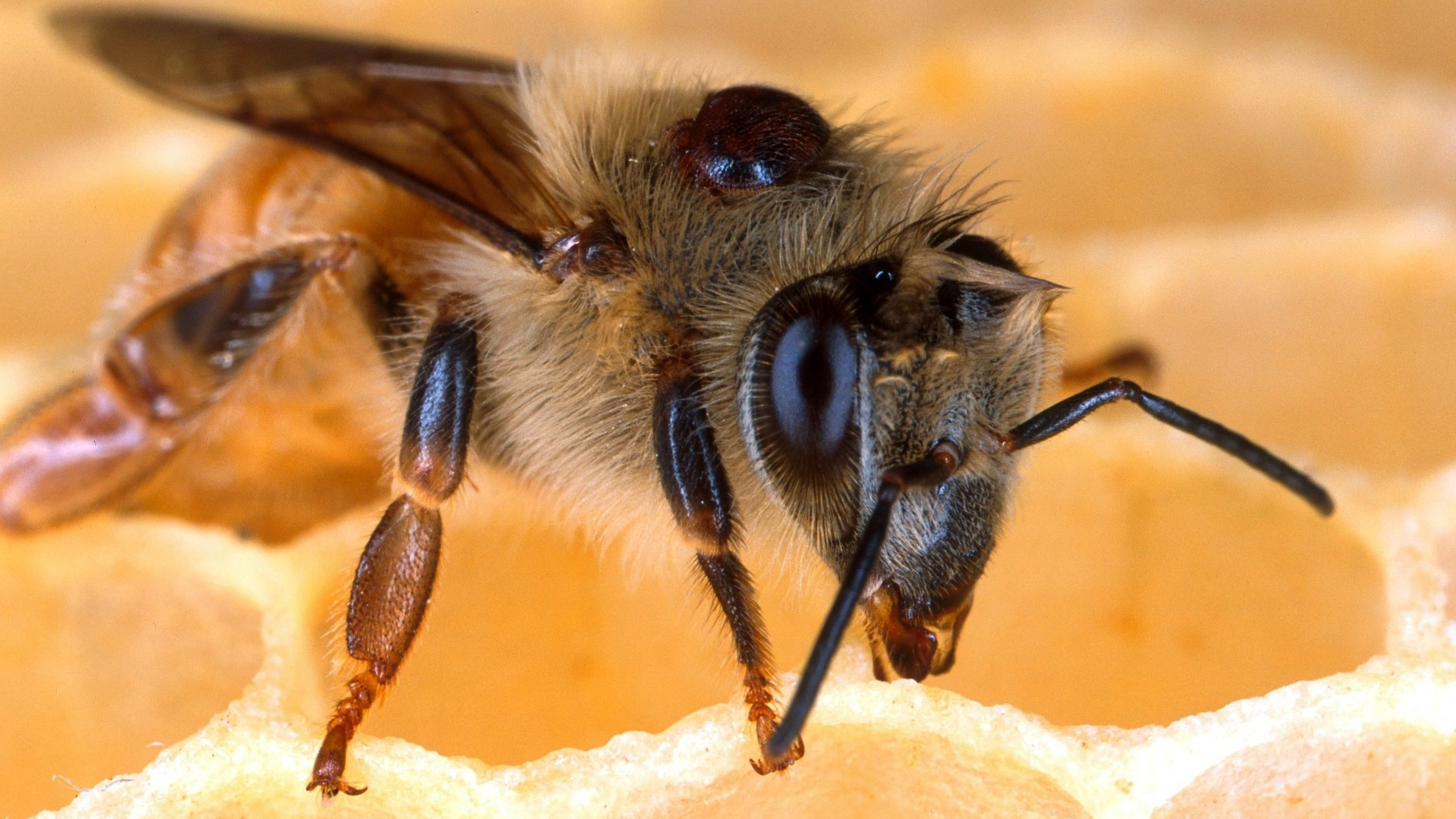US honeybee population has suffered its second deadliest season on record, with beekeepers losing nearly half of their managed colonies. The annual Bee Informed Partnership survey found that 48% of colonies were lost in the year that ended on April 1, 2023. This is up from the previous year’s loss of 39% and the 12-year average of 39.6%.

The main causes of honeybee colony losses identified by the survey include varroa mites, pests and diseases, nutrition, and weather. Varroa mites are parasitic mites that weaken and kill honeybee colonies. Other pests and diseases, such as the small hive beetle and American foulbrood, also contribute to colony losses. Additionally, poor nutrition and extreme weather events like droughts and heat waves can stress honeybees and lead to their demise.
The high death rate of honeybees is alarming to beekeepers and farmers. Honeybees are vital for pollination, which is crucial for plant reproduction. Pollination is necessary for producing various fruits, vegetables, and nuts.
The Bee Informed Partnership is a nonprofit research group. They work on developing strategies to reduce Honeybee colony losses. They also raise public awareness about honeybee importance and the need for collective action to protect them.
The survey conducted by the Bee Informed Partnership gathered data from over 3,000 beekeepers managing more than 100,000 colonies. It covered the period of one year, ending on April 1, 2023. The survey’s results revealed a significant increase in colony losses compared to the previous year and the 12-year average.
Navajo Nation’s Water Rights Challenge Denied by Supreme Court
